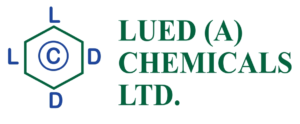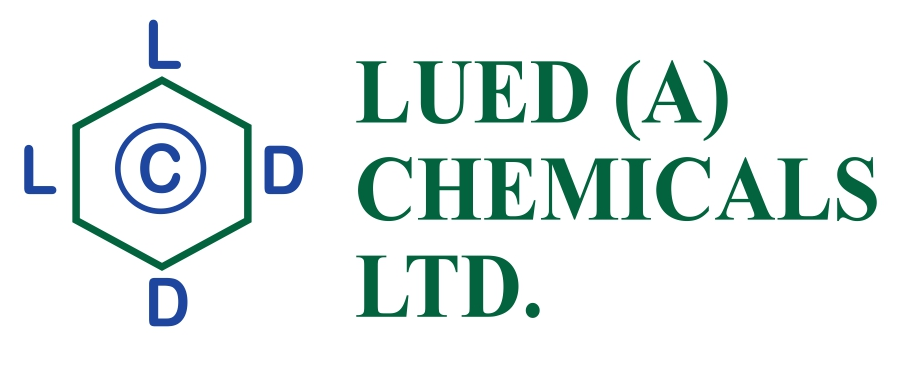Understanding Sensitivity, Specificity, and HIV Testing Phases
Introduction
When it comes to medical testing—especially for infections like HBV, HCV, HIV, and syphilis—understanding terms like sensitivity, specificity, and positive predictive value (PPV) is essential. These measures help evaluate how accurate and reliable a test is, guiding doctors and healthcare workers in making better diagnostic decisions.
What is Sensitivity?
Sensitivity refers to a test’s ability to correctly identify individuals who actually have a particular disease. In simpler terms, a test with high sensitivity will detect most people who are infected, reducing the chances of missing positive cases.
What is Specificity?
Specificity measures how well a test can identify individuals who do not have the disease. A test with high specificity will correctly return negative results for healthy individuals, minimizing the number of false positives.
What is Positive Predictive Value (PPV)?
The positive predictive value indicates the likelihood that a person who tests positive actually has the disease. It helps assess how much you can trust a positive result, especially in cases where symptoms may not yet be visible.
Laboratory Stages of HIV Infection
When testing for HIV, it’s important to understand the different stages of infection, as this affects when and how the virus can be detected:
Eclipse Period
This is the very early phase after infection when the virus is not yet detectable by standard tests.
Seroconversion Window Period
During this phase, the body begins producing antibodies. However, test results may still be negative even though infection has occurred.
Acute HIV Infection
At this stage, the virus is rapidly multiplying, and the patient is highly infectious, though symptoms may be mild or absent.
Established HIV Infection
The virus and antibodies are now consistently detectable by most standard tests, making this the most reliable phase for testing.
Conclusion
Understanding sensitivity, specificity, and PPV is crucial in interpreting diagnostic test results accurately. For diseases like HIV, recognizing the different phases of infection is key to choosing the right time and type of test. Whether you’re a student, lab technician, or healthcare worker, grasping these concepts ensures more reliable and effective patient care.

